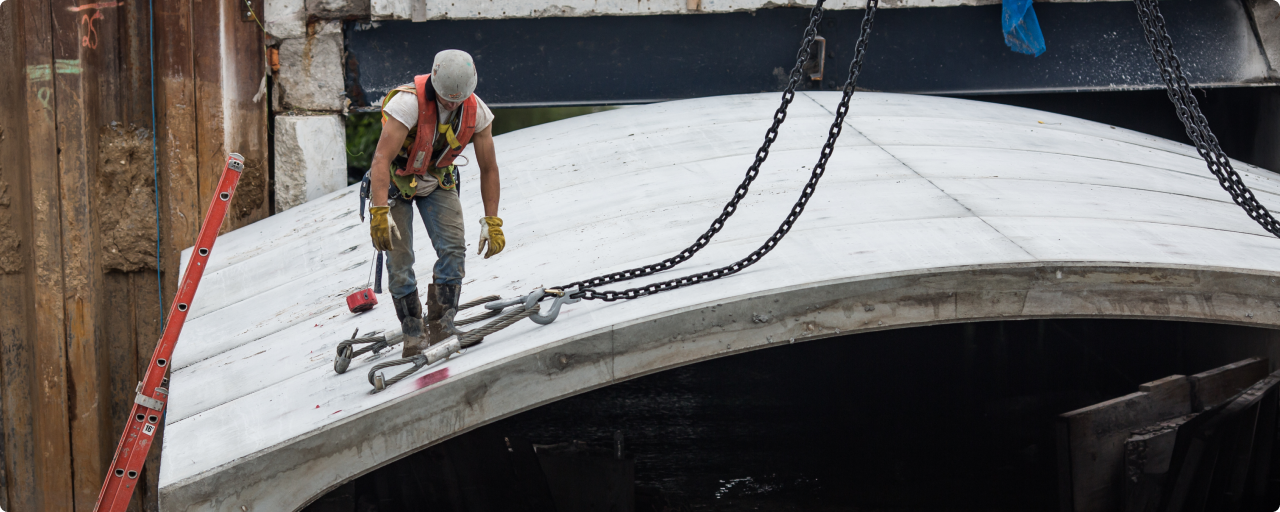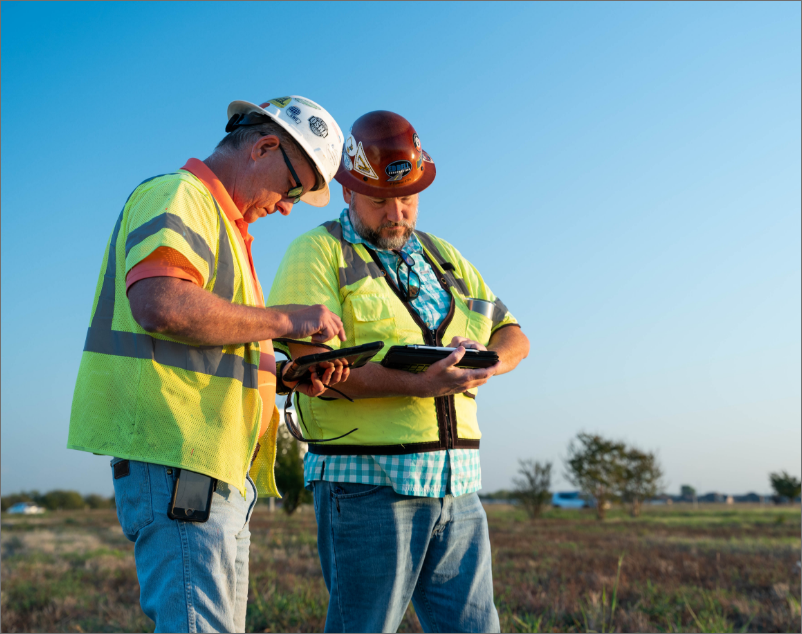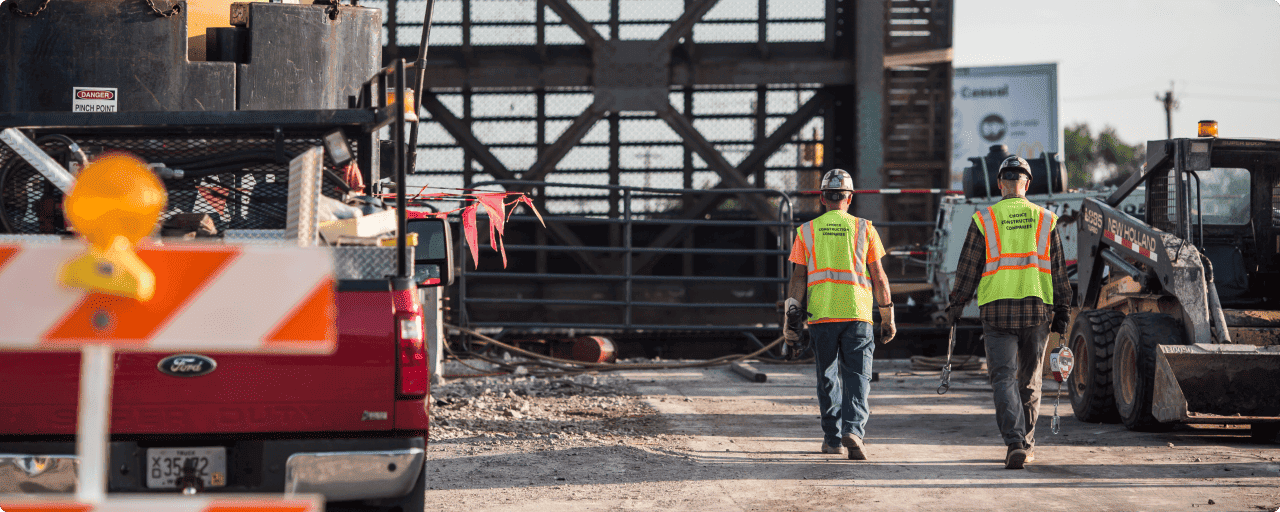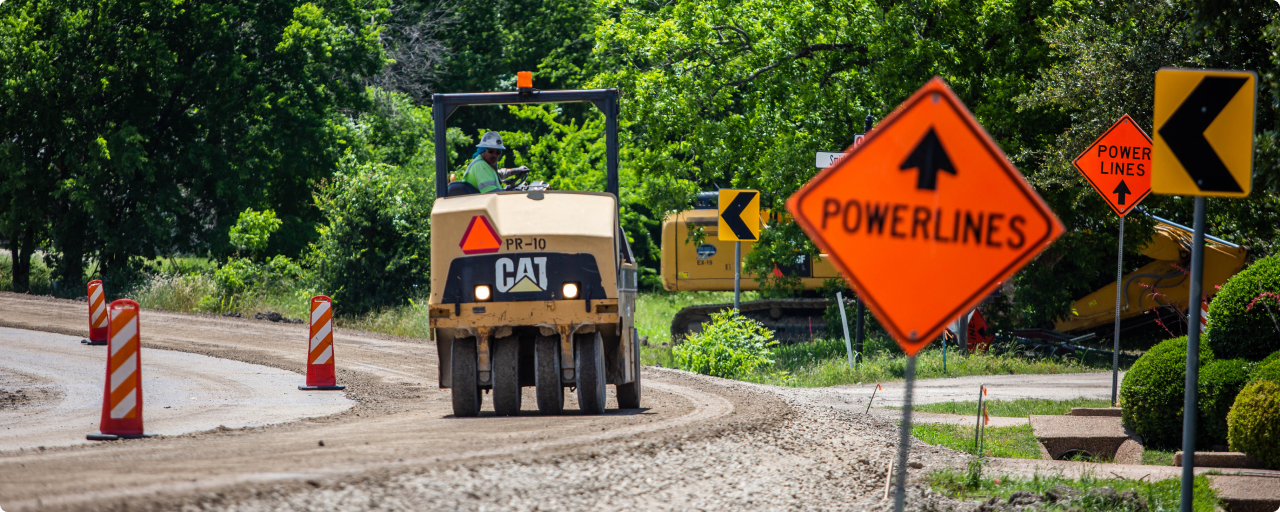Addressing the causes and possible prevention of these major causes of injury and fatality can help keep construction workers safe
According to OSHA, in 2013 the Bureau of Labor Statistics recorded 4,101 worker fatalities in private industry. Of those deaths, 828 were construction related – a full 20.2 percent of the total.
Although a variety of hazards exist on construction sites, 57.7 percent of fatal incidents are attributed to what is called “The Fatal Four,” the four most common types of construction deaths. The Fatal Four includes falls, struck-by object incidents, electrocutions, and caught-in/between accidents.
With so many deaths being attributed to just four types of hazards, OSHA and employers everywhere are working to lower these statistics. Addressing the causes and possible prevention of these major causes of injury and fatality can help keep construction workers safe.
Falling Into a Dangerous Category
Of the Fatal Four types of construction deaths, fatal incidents involving falls are the most common. In 2013, 302 of 828 deaths in the industry were caused by falls.
In the same reporting period, falls accounted for 699 worker deaths in all industries, with 574 of these being caused by a fall to a lower level. OSHA has created a fall prevention campaign to help employers and employees in every industry lower these figures.
Fatal fall incidents occur in every type of construction job out there, and they can happen under all types of circumstances. Falling from an elevation is more likely to end in death than same-level falls. Different types of fall protection are mandated, depending on the type and height of the work area.
Ladders, one of the most basic and common pieces of equipment on a construction site, remain a major cause of fall injury and death. It is such a concern that NIOSH has even created a mobile app dedicated solely to the safe use of ladders, with information about correct ladder selection, positioning, safe use, and more.
Falls from scaffolding are another big contributor, caused by everything from improper setup of the scaffolding to workers not utilizing the correct personal protection equipment.
Those workers who spend a majority of their time at higher elevations are even more at risk. Roofers account for a large portion of construction fall fatalities, as do other occupations such as steelworkers. In one in-depth study, falls from roofs and other structures accounted for more than half of deaths. Many incidents aren’t just from falling off of a roof onto the ground; workers can also fall through openings in the roof or through roofing material that isn’t capable of supporting their weight, such as skylights.
Some great roof and fall training materials providing more fall scenarios along with safety guidelines are available online.
Construction fall fatality prevention is and should be a big focus on safety training for any construction company, big or small. Taking advantage of online resources is a good way to learn more and find new ways to help keep workers informed about the importance of fall prevention measures. One informative site even includes an interactive map that includes real life fall fatality incidents. This information is recorded and given to help decrease the number of fall-related construction deaths and could help to save hundreds of lives each year.
Struck By A Serious Injury
The Bureau of Labor Statistics reported that 10.1 percent of construction worker fatalities in 2013 were related to struck-by incidents, and 75 percent of these involved vehicles and large equipment such as cranes. That makes struck-by incidents the second-leading cause of deaths in construction work, behind falls.
Struck-by-object deaths cover a large range of accident types that, at first glance, may seem completely unrelated. OSHA has some great training materials that illustrate and clarify the kinds of accidents that are placed in this category. They group them into four types of incidents by what the worker is struck by, or how the object came into contact with the worker.
When an object is flying through the air, it is considered a flying type of struck-by incident. This includes objects that have been thrown through natural momentum, such as a rock being kicked up by a tire, and by objects that have been propelled with force, such as a nail exiting a nail gun.
Another type of struck-by incident is when a worker is injured from objects falling from a higher level. This excludes accidents where the worker is struck by material or structures that have collapsed. One example would be material falling from scaffolding onto a worker below.
When the object causing the injury is attached to something, or is being held by a worker, and is swinging through the air or slammed/retracted, it is considered a swinging injury. An object being lifted by a crane that strikes a worker or a chain that snaps and results in injury are both considered swinging injuries.
When the worker and the object are both on the same level and the object is rolling, moving, or sliding, this is considered a rolling injury. One of the most common types of struck-by rolling object accidents occurs when a worker is hit by a moving vehicle or piece of equipment. If the worker is crushed or pinned between a rolling object and something else, however, it usually falls under the “caught-in/between” Fatal Four incident type.
No matter what the details of the accident are, or whatever category it falls under, struck-by object incidents are a leading cause of construction work death. When reviewing safety and training, employers should be sure to discuss common struck-by object hazards with workers.
A Shocking Statistic
In 2013, electrocution accounted for 71 deaths in the construction. Although 71 deaths in a calendar year may not seem like a very high number, it is statistically high, and one that can be brought down even lower with the right training and tools.
Although the term electrocution is often used to describe any type of incident where someone is shocked, the technical definition of electrocution is death caused by contact with electricity. One of the leading causes of electrocution in the construction industry comes from contact with overhead power lines, because the voltage carried is higher and more likely to be fatal.
Quite often, power lines incidents are simply tragic accidents, such as having a worker accidentally make contact with a power line with a metal ladder or other piece of equipment. Although it does not take a lot of electricity to cause fatal harm, the large amounts present in these types of power lines can often cause instant death.
In other instances, broken or faulty equipment can cause electrocution. Extension cables and power cords get worn down, broken, or cut from regular use or by accident. Environmental hazards such as rain can create even bigger problems when it comes to even small amounts of exposed wiring. When a worker makes contact with exposed or broken wiring, electrocution can occur. It is important to regularly inspect cords and cables for wear and damage in order to help prevent fatalities when handling them.
Beyond fatalities, injuries related to electricity also regularly occur. Less lethal amounts of electricity can injure workers as well. Burns are one common occurrence, as well as electrical injuries, cardiac issues, and other damage. Electrical fires and explosions from electricity igniting flammable materials can also occur.
Although electricians are more apt to experience electrocution injuries, all types of jobs in the construction industry are vulnerable to electrocution and electricity-related injury. Many tools used on sites are powered by electricity, and in our modern world power lines are all around. Sadly, many electrocution deaths could have been prevented by the worker simply being more aware of his or her surroundings and by simple safety and function checks on equipment and cables.
Caught In The Middle of Danger
In 2013, 21 deaths were caused by caught-in/between incidents. Although this type of fatality accounts for the fewest deaths in the Fatal Four category, it is still responsible for 2.5 percent of the total worker death count.
A caught-in/between event occurs when a worker sustains an injury as the result of being crushed between two objects or caught in moving equipment. For example, being hit by a vehicle is a struck-by event, whereas being pinned between a vehicle and another piece of equipment is a caught-in/ between event. Knowing the difference when reporting these events allows them to be investigated and addressed properly and helps keep them from happening again.
Excavation workers are twice as likely to be killed than other types of construction workers, and cave-ins are a big caught-in/between reason why. Unstable soil, changing weather, the weight of materials, and vibration from traffic can all cause cave-ins on a site, causing crushing and suffocation injuries. Improper shoring up of soil is one of the biggest contributing factors to this type of injury and fatality.
Being caught in moving equipment is another big concern. On work sites, even slow-moving equipment can cause serious injury if the worker is crushed between a vehicle and retaining wall or other object. What would normally be a close call or minor injury can quickly become fatal. Having clothing or body parts caught up in moving machinery or tools also contributes to this type of event. A simple saw or conveyor belt can easily grab onto loose clothing or a finger placed in the exact wrong spot.
Although caught-in/between fatalities have seen a marked decline in the past decade, proper safety planning and enforcement can still prevent many of these incidents. Following industry standards on machinery safeguards, vehicles moving within construction sites, and proper safety protocol in excavation work is important to continuing to lower the numbers of construction-related fatalities.



